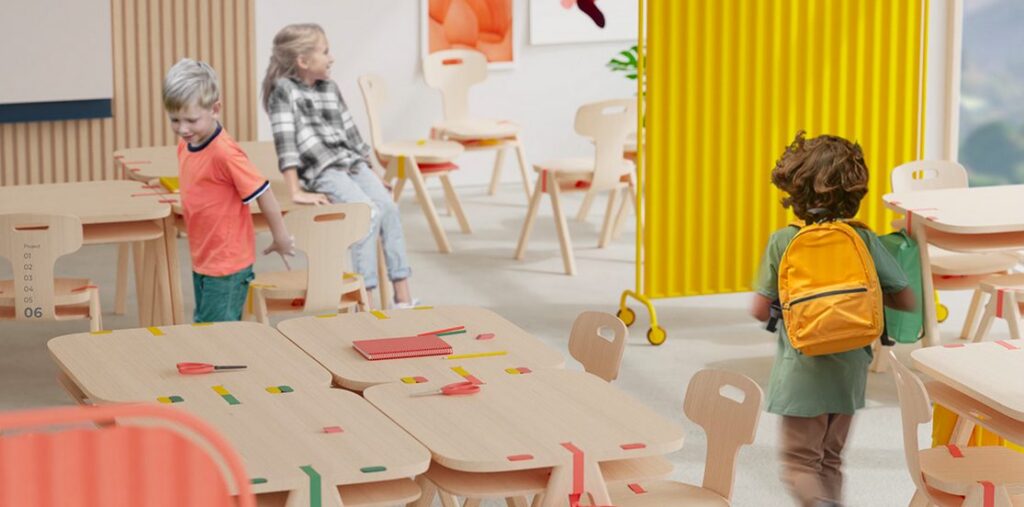
Tiny Nomad by Dominik Scherrer
Everyone knows it’s hard to sit still in school when you’re a kid. That’s even more true when you’re in primary school. Those early years are when everything’s exciting. Kids are wiggling and giggling and trying to find the next best thing that will capture their attention. Could school furniture support this “nomadic” stage of thinking instead of hampering it? This became the heart of industrial designer Dominik Scherrer’s bachelor’s thesis, and Tiny Nomad, a piece of “dynamic wooden furniture for primary schools,” appears to be his answer.
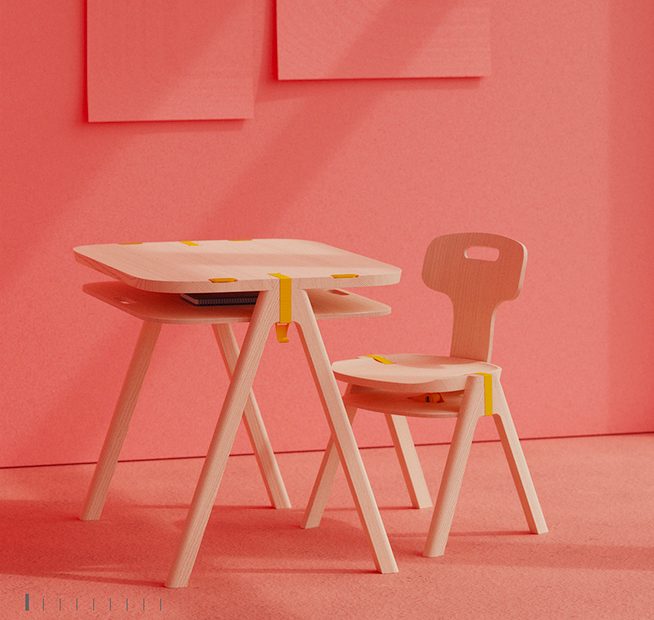
It’s not verifiable, but Tiny Nomad desks probably do boost learning. “The light and compact construction of Tiny Nomad allows alternative forms of education. Elements like table connectors, chair compartments, and handles add playfulness and inspire children and teachers to dynamic behavior in their classes.”
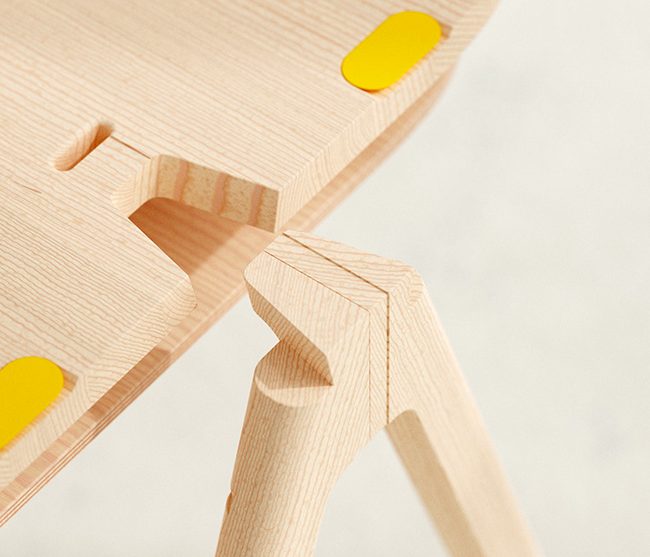
As he moved from idea to iteration, Scherrer visited several schools “with different teaching philosophies and school architecture” and worked with teachers and primary school students to refine his design. The result is a concept that combines dynamic education with craftsmanship.

Dynamic refers to the stipulation construction had to be light. The goal was for kids to be able to move these chairs and desks themselves, to turn and join their classmates for school projects or easily reinvent the overall classroom orientation. Some days might require every desk to stand on its own. Other days, clusters of Tiny Nomads might need to put their heads together to think.
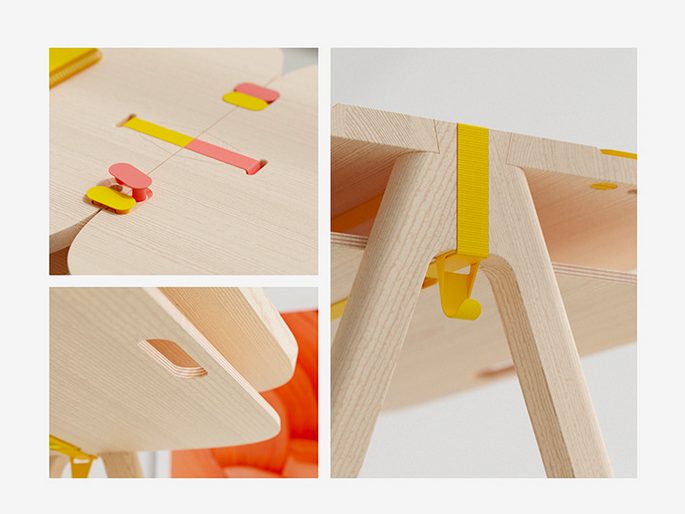
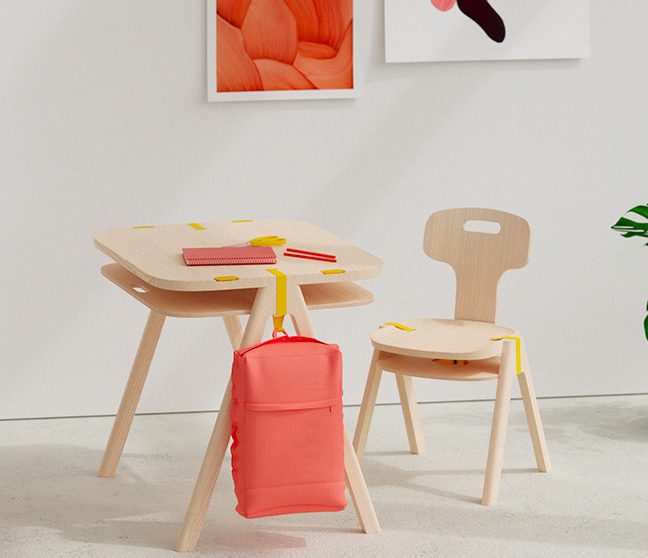
The craftsmanship utilizes a bare Scandinavian-inspired wood (quite a refreshing and grounding alternative for modern day classrooms as opposed to the milky blue seats and cold steel bars of our generation…) and incorporates the furniture making tradition in western Austria. Notebooks, crayons, and scissors are easy to fit and easy to find in the compartment spaces under the tabletop and seat.

As seen above, these chairs are satisfyingly stackable. And, the Nomad’s belt-supported joints are bright and fun, no doubt a contributing factor to a color-filled and creative classroom. Joints cinch tables to “join-up” with one another and never require any tools, a smart choice for kids who should be singing, laughing, and learning instead.
See more of his other projects and meet Dominik on Behance.
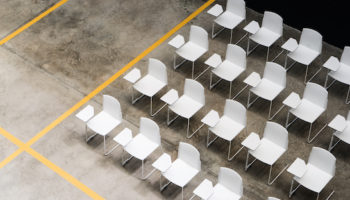
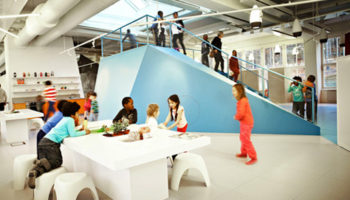
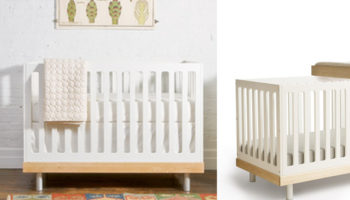

Leave a Reply